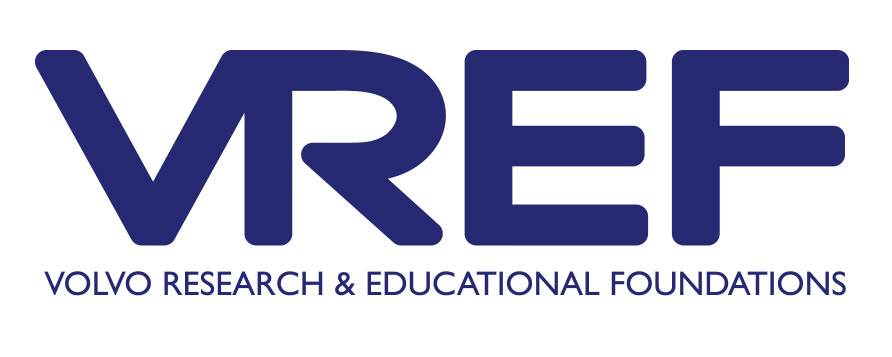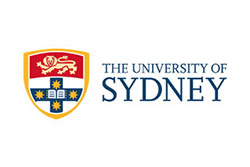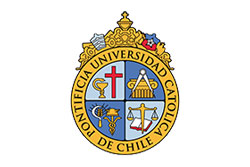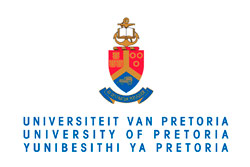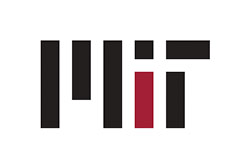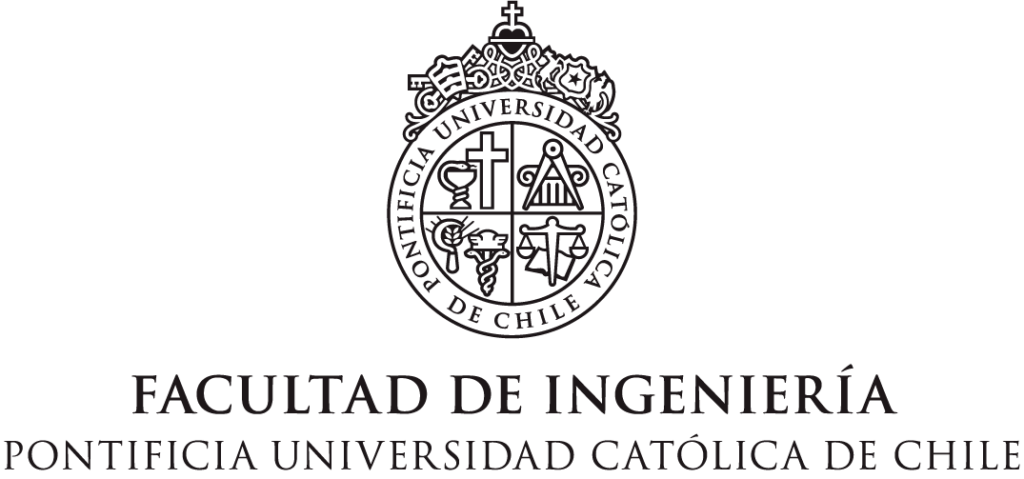Award to our real-time control of transit systems project
 A project for real-time control of transit systems with data from Global Navigation Satellite Systems (GNSS), which is being developed by our Pontificia Universidad Catolica de Chile team, obtained the second place –out of 16 participants- in the Mexico regional category of the European Satellite Navigation Competition (ESNC). Being held for the 10th time this year, the ESNC is part of a leading global network of experts in GNSS, and the competition is aimed to innovative solutions and high potential products and services that rely on GNSS. The transit control tool, which has been awarded a technology transfer subsidy from the Chilean government, seeks to regularize transit operations and address the phenomenon known as bus bunching (two or more buses of the same line arriving together at a bus stop). This enhances the level of service experienced by users as well as allowing bus companies to have a smoother and more stable and efficient operation. The software is in the process of implementation in some of Transantiago (Santiago´s bus transit system) lines.
A project for real-time control of transit systems with data from Global Navigation Satellite Systems (GNSS), which is being developed by our Pontificia Universidad Catolica de Chile team, obtained the second place –out of 16 participants- in the Mexico regional category of the European Satellite Navigation Competition (ESNC). Being held for the 10th time this year, the ESNC is part of a leading global network of experts in GNSS, and the competition is aimed to innovative solutions and high potential products and services that rely on GNSS. The transit control tool, which has been awarded a technology transfer subsidy from the Chilean government, seeks to regularize transit operations and address the phenomenon known as bus bunching (two or more buses of the same line arriving together at a bus stop). This enhances the level of service experienced by users as well as allowing bus companies to have a smoother and more stable and efficient operation. The software is in the process of implementation in some of Transantiago (Santiago´s bus transit system) lines.
Tweet
Winners of the BRT Workshop Masters Thesis Fellowship
Our BRT Centre of Excellence invited the students enrolled full-time in the MIT-PUC BRT Corridor Design Workshop (Aug-Dec, 2013) to apply for a Masters Thesis Fellowship. Qualified students were invited to submit proposals for Fellowships to support Thesis Research directly related to some aspect of the work undertaken as part of the BRT Corridor Design Workshop.
Three students were selected for these fellowship:
 LUCÍA VALENCIA VARGAS, Pontificia Universidad Católica de Chile, Architecture, Design and Urban Studies Faculty, Master in Urban Project
LUCÍA VALENCIA VARGAS, Pontificia Universidad Católica de Chile, Architecture, Design and Urban Studies Faculty, Master in Urban Project
Home city: Leon, Mexico.
Reasons why you chose to participate in the BRT Workshop and whether and how it has made you think differently about BRT and urban development strategies: The BRT Workshop was part of the program of the master in Urban Project that I am studying. Prior to the Workshop, we had one semester of preparation and research on the item so in fact it has been almost a year of learning how a BRT system works and its potential for improving the quality of life and space in the city. This work has tought me a lot about BRT systems and the connectivity dilemmas, but especially has made me see the BRT system as a serious possibility to improve the quality of life and equity not only in the direct area of influence of the corridor but of the whole city. To achieve this goal it should be an integrating project with high quality public space associated and immersed in a strategic plan that should be able to potentiate their benefits.
What do you hope to achieve with your research project? Based on the premise that the BRT stations are expected to cause an economic and real estate development around them, and that it should be capitalized to improve the quality of public space and the quality of life, with this research I hope to be able to determine what would be the best design of a BRT stop and the services and amenities associated with it which could cause a greater positive effect on urban regeneration in the particular case of the corridor project of the Grand Avenue (Gran Avenida-Santiago).
For me there are two main objectives: one is to be able to contribute on a vision of the corridor of the Grand Avenue that could overcome the obstacles so we can finally see this corridor physically carried out one day. The other is, eventhough considering that each case should be analyzed particularly, be able to raise a possible general strategy of design for the BRT stops and associated amenities aimed at achieving a successful urban regeneration.
What do you hope to do after you finish you Masters degree? I hope to be able to continue learning, experiencing and proposing on the possibilities of the BRT as urban project that improves the public area and the landscape of the city in pursuit of a better quality of life and a fair city. I would like to do this both from the academy and the professional activity.
 RINAL CHHEDA, MIT, Master of Science in Transportation
RINAL CHHEDA, MIT, Master of Science in Transportation
Home city: Mumbai, India
Reasons why you chose to participate in the BRT Workshop and whether and how it has made you think differently about BRT and urban development strategies: The opportunity to participate in a project that extends to a global scale, studying corridors in Chile and Boston and chance of understanding how the planning and strategy in both cases would be different, is what mainly attracted me to the BRT workshop. Both the sites had unique and different set of challenges that needed to be addressed keeping in mind the local attitudes.
The workshop has changed my way of thinking towards urban development projects. Firstly, it emphasized on how a corridor design extends far beyond the corridor to create a livable space keeping in mind aspects ranging from housing, economic development, transportation and finance. The various case studies that teams presented showed precedents from across the world indicating scope for creativity and innovative thinking in making the process successful. BRT (and any other urban development project) has ripple effects that reach far beyond the immediate areas where they are implemented.
What do you hope to achieve with your research project? The crux of my research is to identify how transit oriented development (TOD) changes people’s mode choices. In many cases, transit usage is connected to user’s perception of the transit system and if we can change that perception by some types of TOD then we could decrease people’s auto-dependency. I want to find out if there are some TODs that help to achieve a high transit mode share (alternatively, fewer auto trips or lower auto mode share). I want to develop a model for people’s mode choices based on these TODs.
What do you hope to do after you finish you Masters degree? After my Masters degree, I want to work at the World Bank or at a public transportation agency where I will be able to apply my expertise to projects that will make an impact on people’s lives and continue learning from the process.
 NATAN WAINTRUB, Pontificia Universidad Católica de Chile, School of Engineering, Master of Science in Engineering
NATAN WAINTRUB, Pontificia Universidad Católica de Chile, School of Engineering, Master of Science in Engineering
Home city: Santiago, Chile
Reasons why you chose to participate in the BRT Workshop and whether and how it has made you think differently about BRT and urban development strategies: I chose to participate beecause I find it really interesting to work on the subject of making more liveable cities by mixing Engineering, Architecture and Urban Planning. It is a problem that can be better attacked by working together instead of each discipline by itself, as it is ussually done. Particularly in this workshop I have realized the potencial of BRT systems in creating and transforming the cities. It can help in the development of the city by the generation of activities around it, instead of only helping people to move from one place to another.
What do you hope to achieve with your research project? With my research I plan to find and value the incentives that real estate developers should consider in the decision of developing a project. Also, I intend to discover how do the projects over a transport axis impact the decisions of the real estate developers.
I expect that the results will lead me in the creation of tools that aloud local and regional government to manage the parameters that the real estate developers found relevant. In this way, an integral development around public transport corridors of bus or subway could be achieved (Transit Oriented Development, TOD).
What do you hope to do after you finish you Masters degree? after I finish mi Masters degree, I plan to work as a consultant or researcher in subjects were transport engineering and urbanism are involved.
Tweet

